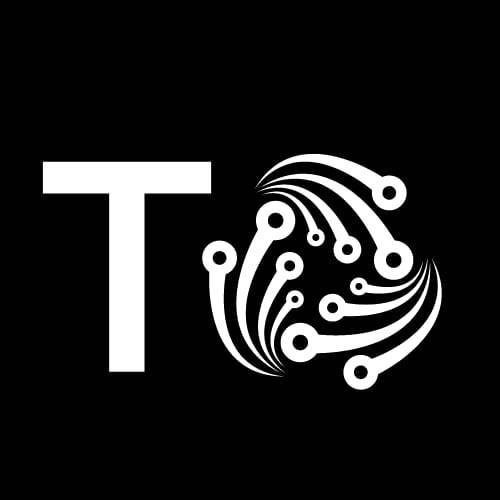Don't wanna be here? Send us removal request.
Text
Demystifying Cloud Computing: Benefits and Challenges
Cloud computing is a key IT technology that allows organizations of all sizes to access scalable, cost-effective, flexible computing resources through the Internet. This beginner’s guide demystifies cloud computing, exploring its key components, deployment models, security measures, storage options, networking capabilities, scalability features, migration strategies, multi-cloud management, and serverless computing.

The key characteristics of cloud computing are:
Massive scalabilityThe ability to scale up or down compute and data resources on demand is one of the core benefits of cloud computing. This eliminates the need for companies to purchase and install hardware in their data centers, resulting in significant cost savings and flexibility.
On-demand access Users can work from any location that has Internet access, meaning staff can stay productive no matter where they are or what device they’re using. This also reduces IT support costs by removing the need techogle.co to install and maintain software on employees’ desktops.
Automatic Software Updates Another major benefit of cloud computing is the ability to automatically update applications and systems. This is especially important for organizations that are constantly releasing new products and services, as these changes can be complex and require a wide range of testing to ensure quality. With cloud computing, these updates can be made instantly and across the entire organization at the push of a button.
High-speed Internet Access Cloud computing requires fast, reliable, and secure Internet connections to access remote servers that store and process information. Fortunately, modern broadband Internet service providers offer speeds up to 1 gigabit per second, which is more than enough for most business needs.
Performance Improvement The underlying technologies that make cloud computing possible are virtualization and data storage. Virtualization enables servers to be run on low-cost hardware and shared across multiple environments, reducing overall infrastructure costs and providing greater agility and flexibility. Data storage in the cloud is based on distributed file systems, which can provide higher performance and scalability than traditional disk drives.
Flexibility Unlike on-premise IT, cloud IT is completely customizable to meet individual business needs and objectives. Businesses can choose the exact mix of storage, networking, and processing power that they need, as well as the applications and software they want to deploy. This flexibility translates to increased productivity and improved bottom-line results.
Security and Compliance When choosing a cloud provider, it’s important to examine each company’s security technology website and compliance standards and protocols, as well as their uptime and availability guarantees. Additionally, if your business requires industry-specific compliance certifications, be sure to look for a provider that offers them.
For many organizations, migrating to the cloud is a significant undertaking. However, with the right planning and expertise, it can be accomplished relatively quickly and seamlessly. Some vendors offer extensive integration with existing IT to help speed up the process and mitigate risks. Lastly, it’s important to weigh the pros and cons of each option to determine which solution is right for your business.
1 note
·
View note